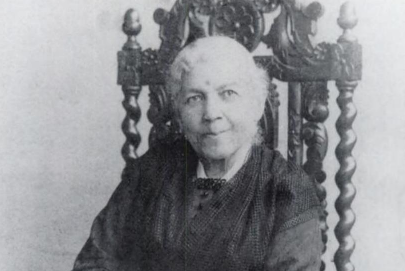
Incidents in the life of slave girl is a powerful account of the life of Harriet Jacobs who wrote this autobiography about her incredibly painful journey to freedom as a former slave. Published during the U.S. Civil War in 1861, her aim with this narrative is clear: unmask the cruelties inflicted on black people by the institution of slavery and contribute to the abolitionist cause. Also, she wanted to gain the solidarity of white women and appeal for emancipatory support. Her story is that of enslavement, degradation and sexual exploitation. Due to the Fugitive Slave Act of 1850 which was passed in order to send back any slaves who managed to escape to the Northern States from the South, she narrates the story under the pseudonym of Linda Brent.
Short Summary
Linda Brent has to serve as a slave to Dr. Flint’s daughter and explains the physical, psychological and emotional abuse that she and her family undergoes as slaves in a Southern household. The character of Dr. Flint in particular is disturbing as he pressures Linda to have a sexual relationship with him. Despite his social power, Linda shows incredible resistance towards him and decides to have an affair with her white neighbour, Mr. Sands. Although she is not proud to enter this love affair, it is the choice of a lesser evil for her in her situation. When Dr. Flint finds out that Linda is pregnant, he is outraged. For Linda, however, her two children are a motivation to find a way out of slavery. She does not want them to be treated as second-class citizens and thus tries everything in order to escape to the Northern States…
I don’t want to spoil the rest of the story nor the unbelievably difficult journey that Linda has to undergo in order to arrive in the Northern States. I can stress, however, that her eventual experiences in the so-called free Northern States are even more painful to read. She discovers that she is still considered a second-class citizen when she arrives in the North and has to live in constant fear of being sent back to the South due to her status as a Fugitive Slave. Therefore, I would call her experiences in the North a life in an “invisible prison”. Invisible, because legally, she is not a slave there any longer. However, de facto, she still has to live a life in fear and persecution as she might be sent back to the South at any moment. Further, she witnesses a harsh social and racial segregation where the white population is seen as superior to the black habitants. A passage in the book highlights her first experience in the Northern states, when Linda writes:
“When Mr Durham handed us our tickets, he said “I am afraid you will have a disagreeable ride; but I could not procure tickets for the first class cars”. Supposing I had not given him money enough, I offered more. “O, no,” said he, “they could not be had for any money. They don’t allow colored people to go in the first-class cars”. This was the first chill to my enthusiasm about the Free States. Colored people were allowed to ride in a filthy box, behind white people, at the south, but there they were not required to pay for the privilege. It made me sad to find how the north aped the customs of slavery.” (p.162)
In my opinion, Incidents in the life of Slave girl offers a very intimate perspective into the brutal institution of slavery. Reading through Linda’s experiences, it is almost unbelievable that she has gone through so much pain and still keeps her head up and fights for a better society. As she contextualises her personal life story into historical events, her biography is also a possibility to learn more about the different exploitative dimensions of slavery.


